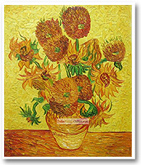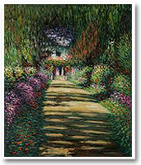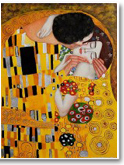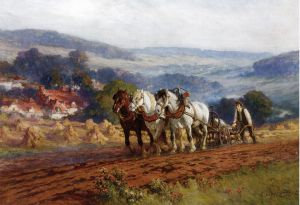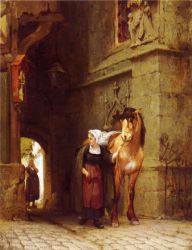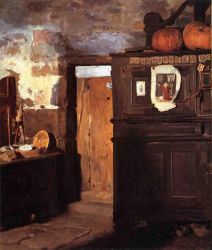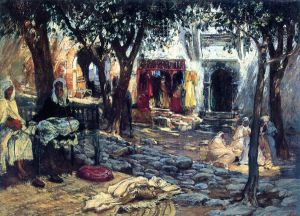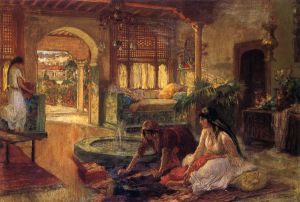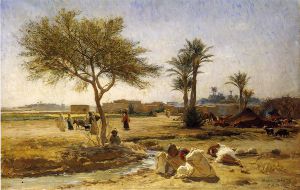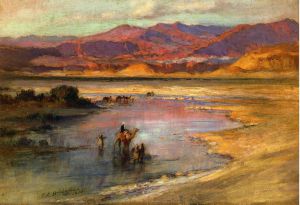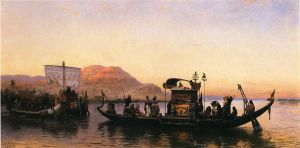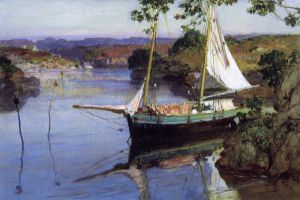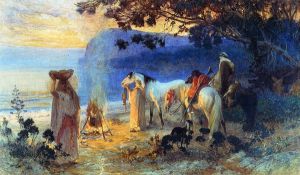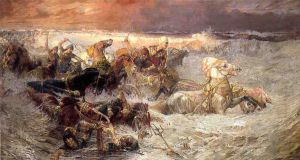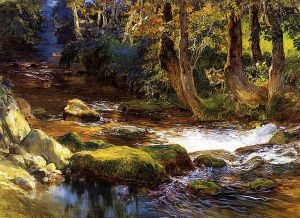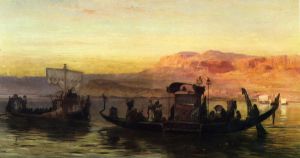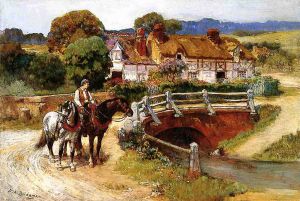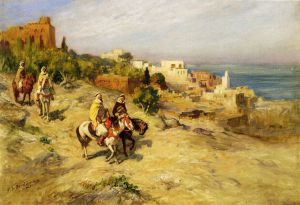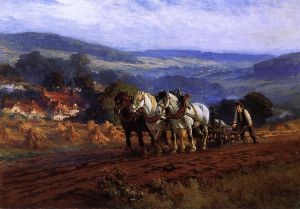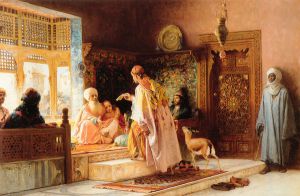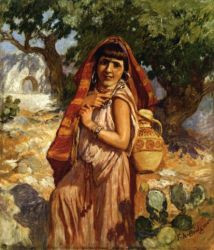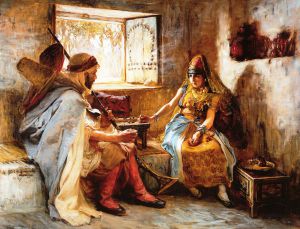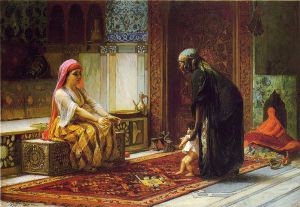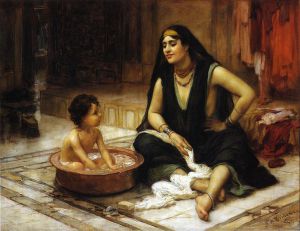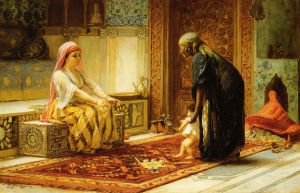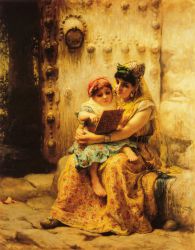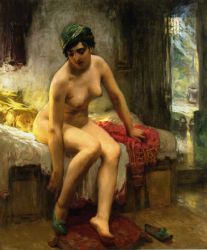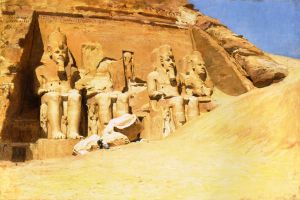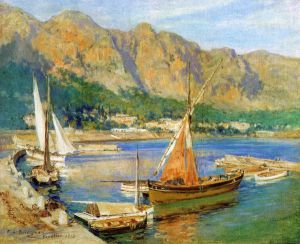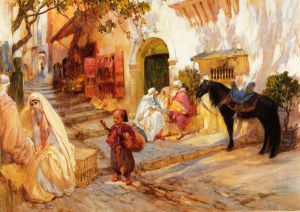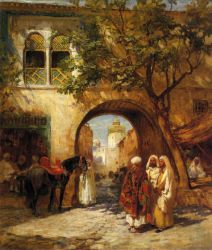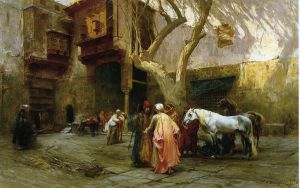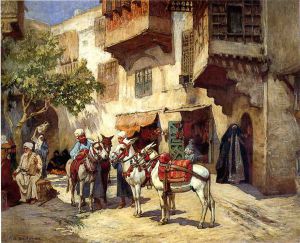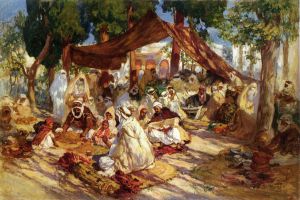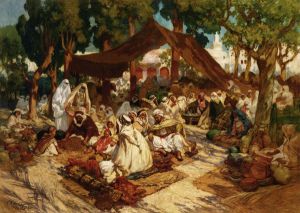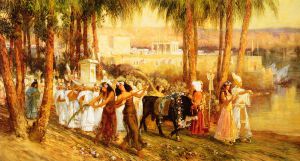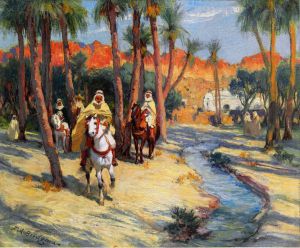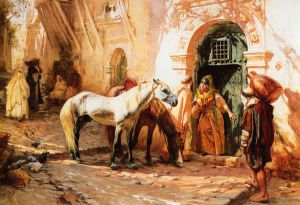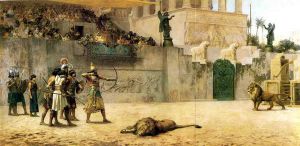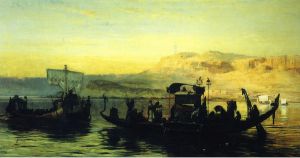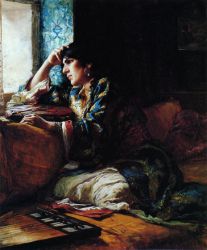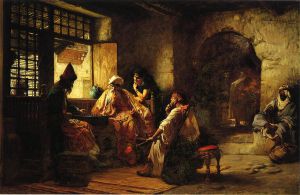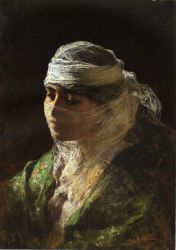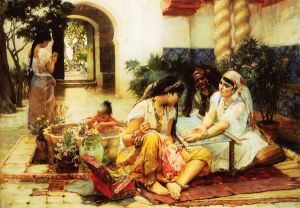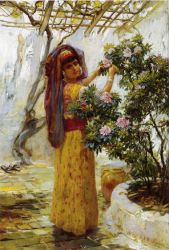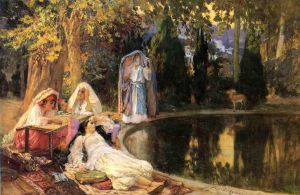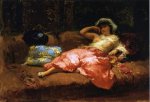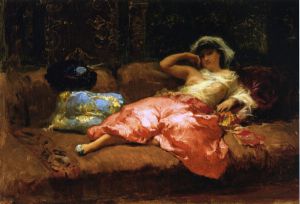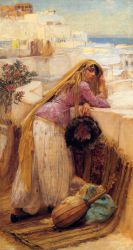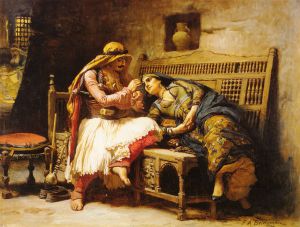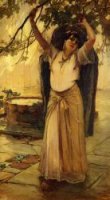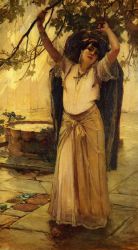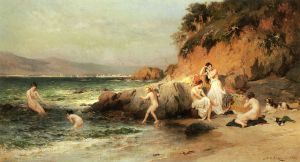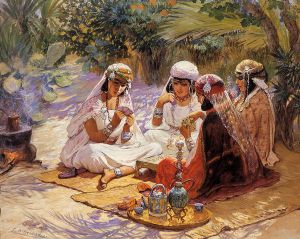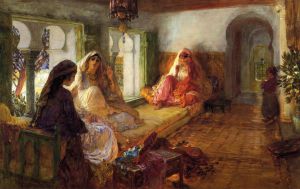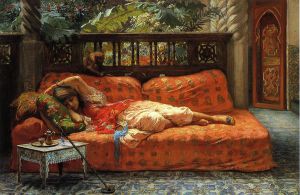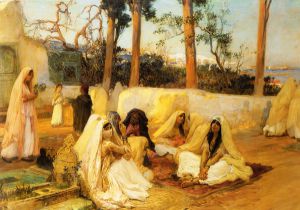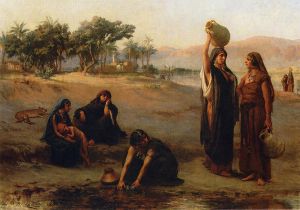Frederick Arthur Bridgeman
Wholesale Category
Recommend Local Artists
- Charcoal Painting (2)
- Watercolour Painting (2)
- Pencil Sketch (0)
- Ink Painting (0)
Shop by Artist
- Paul Ranson (0)
- Martin Johnson Heade (2)
- Margaretta Angelica Peale (0)
- Marcus Stone (1)
- Luis Alvarez Catala (1)
- Luigi Chialiva (1)
- Ludwig Koch (0)
- Ludwig Knaus (0)
- Louise Abbema (0)
- Louis Agassiz Fuertes (0)
- Leroy Nieman (5)
- Leopold Zinnogger (2)
- Leon Joseph Voirin (1)
- Laurie Maitland (1)
- Kurt Schwitters (1)
- Kasimir Malevich (1)
- Julius LeBlanc Stewart (37)
- Martin Rico y Ortega (0)
- Mathew Brady (1)
- Paul Lacroix (0)
- Paul Klee (10)
- Paul Gauguin (14)
- Paul Delaroche (0)
- Paul De Longpre (0)
- Paul Cornoyer (0)
- Patrick Henry Bruce (1)
- Otto Scholderer (1)
- Oscar Bluhm (1)
- Original Paintings (0)
- Olga Rozanova (0)
- Odilon Redon (1)
- Morton Livingston Schamberg (6)
- Milne Ramsey (0)
- Michelangelo (1)
- Maxime Maufra (0)
- Julius Adam (0)
- Julien Dupre (0)
- John James Audubon (10)
- John George Brown (126)
- John Constable (3)
- John Carlin (2)
- John Barnard Whittaker (1)
- John Atkinson Grimshaw (0)
- Johannes Vermeer (5)
- Johann Hamza (0)
- Johannes Holbek (0)
- Johan Laurentz Jensen (0)
- Johan Bes (1)
- Joaquin Sorolla y Bastida (93)
- Joan Miro (5)
- Jerome Thompson (15)
- Jean-Francois Millet (0)
- Jean-Auguste Dominique Ingres (5)
- John Joseph Enneking (0)
- John Roddam Spencer Stanhope (4)
- Jules Trayer (3)
- Jules Pascin (8)
- Jules Bastien-Lepage (8)
- Jozsef Rippl-Ronai (0)
- Juan Gris (0)
- Jozef Israels (0)
- Joseph Farquharson (0)
- Joseph Biays Ord (0)
- Josef Nigg (0)
- John William Waterhouse (79)
- John William Godward (0)
- John White Alexander (0)
- John Vanderlyn (3)
- John Trumbulli (25)
- John Singleton Copley (68)
- John Singer Sargent (736)
- Jean Richard Goubie (1)
- Paulus Potter (8)
- Carel Fabritius (2)
- William Bradford (113)
- William Aiken Walker (143)
- Willard Leroy Metcalf (0)
- Walter Crane (0)
- Victor Gabriel Gilbert (0)
- Valentine Cameron Prinsep (0)
- Uros Predic (1)
- Umberto Boccioni (16)
- Thomas Worthington Whittredge (98)
- Thomas Waterman Wood (16)
- Thomas Sully (40)
- Thomas Sidney Cooper (1)
- Thomas Moran (0)
- Thomas Le Clear (0)
- Thomas Kinkade (4)
- Thomas Hart Benton (2)
- William Holbrook Beard (17)
- William Holman Hunt (0)
- Joseph William TURNER (2)
- Tom Roberts (2)
- Mary Cassatt (302)
- Gilbert Stuart (125)
- Elihu Vedder (28)
- Winslow Homer (1)
- William Trost Richards (9)
- William Stephen Coleman (2)
- William Samuel Horton (0)
- William Rickarby Miller (0)
- William Powell Frith (0)
- William Michael Harnett (4)
- William Merritt Chase (333)
- William Mellor (1)
- William Mason Brown (37)
- William James Muller (0)
- Thomas Gainsborough (1)
- Thomas Eakins (0)
- Robert Vonnoh (33)
- Robert Scott Duncanson (0)
- Robert Salmon (67)
- Robert Brackman (1)
- Rene Magritte (7)
- Rembrandt van Rijn (27)
- Rembrandt Peale (1)
- Raimundo De Madrazo y Garreta (0)
- Raffaello Sanzio Raphael (1)
- Pietro Gabrini (1)
- Pierre-Auguste Cot (0)
- Pierre Puvis De Chavannes (0)
- Pierre Carrier-Belleuse (3)
- Phillipe De Champaigne (0)
- Petrus Van Schendel (6)
- Peter Paul Rubens (371)
- Rodolfo Jimenez (1)
- Roger De La Fresnaye (0)
- Thomas Cole (106)
- Thomas Blinks (1)
- Thomas Birch (32)
- Theodore Robinson (1)
- Theodore Clement Steele (76)
- Sophie Anderson (3)
- Sir Lawrence Alma-Tadema (68)
- Sir Joseph Noel Paton (0)
- Sir John Everett Millais (0)
- Sir Edward John Poynter (0)
- Seymour Joseph Guy (0)
- Severin Roesen (0)
- Sandro Botticelli (103)
- Samuel F. B. Morse (0)
- Rosa Bonheur (21)
- Roland Lefranc (1)
- Peder Severin Kroyer (1)
- Edward Moran (0)
- Charles Victor Thirion (1)
- Charles Marion Russell (168)
- Charles Edward Perugini (0)
- Charles Demuth (0)
- Charles Burton Barber (1)
- Caspar David Friedrich (0)
- Carl Larsson (0)
- Carducius Plantagenet Ream (0)
- Camille Pissarro (4)
- Berthe Morisot (0)
- Auguste Toulmouche (2)
- August Macke (0)
- August Laux (0)
- Arthur Hughes (0)
- Arthur Fitzwilliam Tait (46)
- Arnoldus Bloemers (1)
- Charles West Cope (1)
- Christian Jeque (1)
- Edward Lamson Henry (0)
- Edward Hopper (95)
- Edward Hicks (0)
- Edward Henry Potthast (2)
- Edouard Manet (5)
- Edmund Blair Leighton (0)
- Edmond-Georges Grandjean (1)
- Donald Zolan (43)
- Diego Rivera (8)
- Desire De Keghel (0)
- David Martin (0)
- Dante Gabriel Rossetti (7)
- Daniel Ridgway Knight (1)
- Conrad Wise Chapman (11)
- Colin Campbell Cooper (10)
- Christoffer Wilhelm Eckersberg (0)
- Antonio Jacobsen (0)
- Anonymous (0)
- Tamara de Lempicka (18)
- Edvard Munch (18)
- Georgia O'Keeffe (41)
- Paul Cezanne (524)
- Marc Chagall (20)
- Piet Mondriaan (14)
- Henri Matisse (45)
- Mark Rothko (26)
- Pierre-Auguste Renoir (61)
- Gustav Klimt (62)
- Wassily Wassilyevich Kandinsky (57)
- Edgar Degas (34)
- Da Vinci (6)
- Salvador Dali (27)
- Pablo Picasso (115)
- Claude Monet (152)
- Local Artist (132)
- Various Artists (3)
- Andrew Wyeth (2)
- Andreas Achenbach (0)
- Anders Zorn (33)
- Amedeo Modigliani (19)
- Allan Ramsay (0)
- Alfred Thompson Bricher (160)
- Alfred Stevens (21)
- Alfred Sisley (380)
- Alexei Harlamoff (0)
- Alexandre Cabanel (23)
- Alexander Koester (0)
- Albert Lynch (0)
- Albert Joseph Moore (1)
- Albert Bierstadt (293)
- Adelheid Dietrich (2)
- Abbott Fuller Graves (0)
- Vincent Van Gogh (730)
- Edward Robert Hughes (0)
- Jean Frederic Bazille (40)
- Heywood Hardy (1)
- Henry Woods (0)
- Henry Ossawa Tanner (7)
- Henry Mosler (0)
- Henry John Yeend King (0)
- Henriette Ronner-Knip (0)
- Henry Bacon (8)
- Henri Rousseau (0)
- Henri Fantin-Latour (23)
- Henri Edmond Cross (0)
- Henri De Toulouse-Lautrec (246)
- Heinz Scholnhammer (1)
- Gustave Courbet (2)
- Gustave Caillebotte (182)
- Gustave Boulanger (2)
- Gustav Bauernfeind (4)
- Honore Daumier (0)
- Hubert Robert (0)
- Jean Capeinick (2)
- Jean Baptiste Robie (0)
- Jasper Francis Cropsey (1)
- Jan Van Os (1)
- Jan Steen (49)
- James Webb (3)
- James Tissot (117)
- James Peale (0)
- James Lee (1)
- James Carroll Beckwith (21)
- James Bard (100)
- James Abbott McNeill Whistler (159)
- Jacques-Louis David (3)
- Ivan Konstantinovich Aivazovsky (1)
- Isidor Kaufmann (0)
- Hyacinthe Rigaud (0)
- Guillaume Seignac (25)
- Gregory Hull (1)
- Franz Xavier Petter (0)
- Franz Richard Unterberger (5)
- Franz Marc (2)
- Francois Brunery (4)
- Florent Willems (2)
- Fitz Hugh Lane (0)
- Fernand Leger (1)
- Felix Vallotton (96)
- Evelyn De Morgan (0)
- Eugene-Adolphe Chevalier (2)
- Eugene De Blaas (0)
- Ernst Ludwig Kirchner (0)
- Emile Munier (0)
- Emanuel Gottlieb Leutze (0)
- Elizabeth Jane Gardner Bouguereau (1)
- El Greco (2)
- Franz Xavier Winterhalter (1)
- Frederic Edwin Church (177)
- Giuseppe Castiglione (1)
- Giovanni Giacometti (3)
- Giovanni Boldini (49)
- Giorgio Barbarelli da Castelfranco (13)
- Giovanni Bellini (146)
- Georges Valmier (1)
- Georges Seurat (80)
- Georges Lemmen (3)
- George Henry Story (4)
- George Henry Hall (0)
- George Goodwin Kilburne (1)
- George Forster (0)
- Frida Kahlo (9)
- Frederick Morgan (0)
- Frederick Arthur Bridgeman (54)
- Frederic Remington (0)
- Egon Schiele (277)
DAFEN&DECO
- by Subject (4630)
- by Size (5744)
Wholesale Frame
Best Sellers
Shop by Size
- Extra Large 30*40 (0)
- Extra Large 36*48 (0)
- Large 24x36 (1)
- Regular 20*24 (0)
- Medium 16*20 (0)
- Medium 12*16 (0)
- Small 8*10 (0)
Shop Art by Room
- Living Romm Art (0)
- Bed Room Art (0)
- Dinning Room Art (0)
- Kitchen Art (0)
- Family Room Art (0)
ARTVO
- Abstracts (142)
- Modern Decorative (27)
- Modern Realistic (20)
Marketplace
- Canvas Rolls (0)
- Wooden Frame (0)
- PU Frame (0)
- EASELS (0)
- PAPER (0)
- Brushes (0)
- Pastels and Pencils (0)
- Wooden Stretch Bar (6)
Shop by Style
- Abstract-Expressionism (138)
- Northern Renaissance (0)
- Pointillism (0)
- Pre-Raphaelites (22)
- Realism-Naturalism (13)
- Rococo (0)
- Symbolism (2)
- Victorian-Romanticism (3)
- Surrealism (20)
- Realism-Impressionism (40)
- Cubism (3)
- Fauvism (2)
- Folk Art (2)
- Neo-Plasticism (2)
- Victorian-Neoclassicism (2)
- Neoclassicism (0)
- Mannerism (0)
- Humorous (0)
- Impressionism (531)
- Modern Art (0)
- Post-Impressionism (4)
- Decorative Art (0)
- The Renaissance (0)
- 19th Century (0)
- Contemporary (0)
- Various Styles (0)
- Academic-Classicism (2)
- Art Nouveau (7)
- Baroque (0)
- Cubism & Constructivism (0)
- Expressionism (0)
- High Renaissance (0)
- Abstract (3)
Shop by Subject
- Family Portraits (1)
- Dancers (1)
- Dining Scenes (0)
- French Nouveau (0)
- Horses (2)
- House Scenes (22)
- Lighthouse (4)
- Men and Women (6)
- Men (13)
- Mother and Child (1)
- Music (1)
- Religious (11)
- Ships (3)
- Sports (0)
- Street Scenes (40)
- Waterside Scenes (10)
- Women (0)
- Children (1)
- Angels (1)
- Abstract (66)
- Decorative Art (107)
- Pop Art (19)
- Landscapes (731)
- Mediterranean Scenes (0)
- Portraits (55)
- Nude Figures (31)
- Animals (52)
- Various Subjects (2)
- Triptych (0)
- Still Life (72)
- Flower (94)
- Harbor Scenes (1)
- Seascapes (15)
- Africa Art (0)
- American Art (0)
- Cottage Scenes (5)
Modern & Contemporary
Shop by Local Art Brands
- Monet Paintings (0)
- Van Gogh (0)
Shop by Sizes
- Oversize Paintings (0)
- Extra Large 40" X 30" (0)
- Large 24" X 36" (0)
- Middle 20x24" (1)
Art Gift
Frame
Art Project
Frederick Arthur Bridgeman
Frederick Arthur Bridgman (November 10, 1847 – January 13, 1928) was an American artist, born in Tuskegee, Alabama. An American Southerner, born in Tuskeegee, Alabama, the son of a physician, Bridgman would become one of the United States' most well-known and well-regarded painters and become known as one of the world's most talented "Orientalist" painters. He began as a draughtsman in New York City, for the American Bank Note Company in 1864-1865, and studied art in the same years at the Brooklyn Art Association and at the National Academy of Design; but he went to Paris in 1866 and became a pupil of Jean-Léon Gérôme. Paris then became his headquarters. A trip to Egypt in 1873-1874 resulted in pictures of the East that attracted immediate attention, and his large and important composition, The Funeral Procession of a Mummy on the Nile, in the Paris Salon (1877), bought by James Gordon Bennett, brought him the Cross of the Legion of Honor. Other paintings by him were An American Circus in Normandy, Procession of the Bull Apis (now in the Corcoran Gallery of Art, Washington, D.C.), and a Rumanian Lady (in the Temple collection, Philadelphia, Pennsylvania). In 1867, Bridgman entered the studio of the noted academic painter Jean-Léon Gérôme (1824-1904), where he was deeply influenced by Gérôme's precise draftsmanship, smooth finishes, and concern for Middle-Eastern themes. (Bridgman would even become known as "the American Gérôme.") No mere imitator, however, Bridgman would later adopt a more naturalistic aesthetic, emphasizing bright colors and painterly brushwork. Bridgman made his first trip to North Africa between 1872 and 1874, dividing his time between Algeria and Egypt. There he executed approximately three hundred sketches, which became the source material for several later oil paintings. Additional visits to the region throughout the 1870s and 1880s allowed him to amass a collection of costumes, architectural pieces, and objets d'art, which often appear in his paintings. (Amusingly, John Singer Sargent noted that Bridgman's overstuffed studio, along with the Eiffel Tower, were Paris's must-see attractions.) Though Bridgman maintained a lifelong connection to France, his popularity in America never waned. Indeed, in 1890, the artist had a one-man show of over 400 pictures in New York's 5th Avenue galleries. When the show moved to Chicago's Art Institute, it contained only 300 works - testimony to the high number of sales Bridgman had made.

1

-
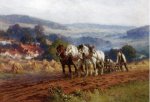
Plowing the Field -Frederick Arthur Bridgeman Oil Painting
100% Handmade Oil Painting
Price from:US$145.00

-
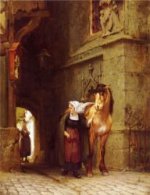
Leading the Horse from Stable - Frederick Arthur Bridgeman Oil Painting
100% Handmade Oil Painting
Price from:US$185.00

-
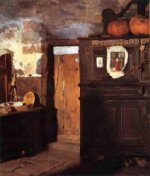
Cottage Interior - Frederick Arthur Bridgeman Oil Painting
100% Handmade Oil Painting
Price from:US$95.00

-
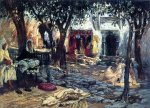
Idle Moments: An Arab Courtyard - Frederick Arthur Bridgeman Oil Painting
100% Handmade Oil Painting
Price from:US$95.00

-
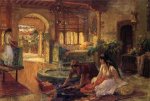
Orientalist Interior - Frederick Arthur Bridgeman Oil Painting
100% Handmade Oil Painting
Price from:US$95.00

-

An Arab Village - Frederick Arthur Bridgeman Oil Painting
100% Handmade Oil Painting
Price from:US$75.00

-
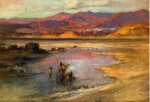
Crossing an Oasis, with the Atlas Mountains in the Distance, Morocco - Frederick Arthur Bridgeman Oil Painting
100% Handmade Oil Painting
Price from:US$75.00

-

Funeral of a Mummy - Frederick Arthur Bridgeman Oil Painting
100% Handmade Oil Painting
Price from:US$75.00

-
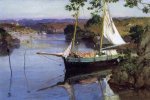
In the Cove - Frederick Arthur Bridgeman Oil Painting
100% Handmade Oil Painting
Price from:US$75.00

-

On the Coast of Kabylie - Frederick Arthur Bridgeman Oil Painting
100% Handmade Oil Painting
Price from:US$75.00

-

Pharoah and His Army Engulfed by The Red Sea - Frederick Arthur Bridgeman Oil Painting
100% Handmade Oil Painting
Price from:US$75.00

-
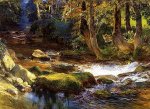
River Landscape with Deer - Frederick Arthur Bridgeman Oil Painting
100% Handmade Oil Painting
Price from:US$75.00

-

The Burial of a Mummy on the Nile - Frederick Arthur Bridgeman Oil Painting
100% Handmade Oil Painting
Price from:US$75.00

-
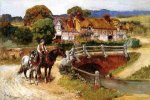
The Old Bridge, Normandy - Frederick Arthur Bridgeman Oil Painting
100% Handmade Oil Painting
Price from:US$155.00

-
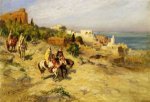
Horsemen on a Coastal Path, Algiers - Frederick Arthur Bridgeman Oil Painting
100% Handmade Oil Painting
Price from:US$375.00

-

The Laborer - Frederick Arthur Bridgeman Oil Painting
100% Handmade Oil Painting
Price from:US$375.00

-

The Messenger - Frederick Arthur Bridgeman Oil Painting
100% Handmade Oil Painting
Price from:US$375.00

-
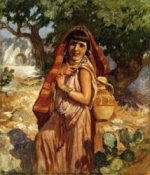
The Water Carrier - Frederick Arthur Bridgeman Oil Painting
100% Handmade Oil Painting
Price from:US$375.00

-
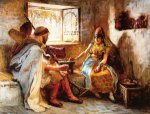
The Game of Chance -Frederick Arthur Bridgeman Oil Painting
100% Handmade Oil Painting
Price from:US$169.00

-
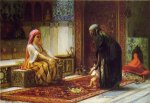
Mother and Child - Frederick Arthur Bridgeman Oil Painting
100% Handmade Oil Painting
Price from:US$185.00

-
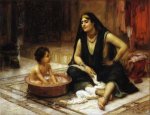
The Bathing Cove - Frederick Arthur Bridgeman Oil Painting
100% Handmade Oil Painting
Price from:US$185.00

-

The First Steps - Frederick Arthur Bridgeman Oil Painting
100% Handmade Oil Painting
Price from:US$185.00

-
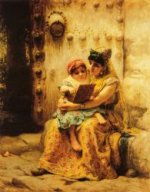
The Reading Lesson - Frederick Arthur Bridgeman Oil Painting
100% Handmade Oil Painting
Price from:US$185.00

-
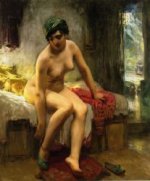
After the Bath -Frederick Arthur Bridgeman Oil Painting
100% Handmade Oil Painting
Price from:US$108.00

-
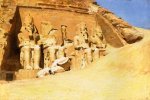
Abu Simbel - Frederick Arthur Bridgeman Oil Painting
100% Handmade Oil Painting
Price from:US$168.00

-
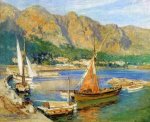
Sailboats, South of France - Frederick Arthur Bridgeman Oil Painting
100% Handmade Oil Painting
Price from:US$125.00

-
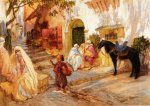
A Street in Algeria - Frederick Arthur Bridgeman oil painting
100% Handmade Oil Painting
Price from:US$125.00

-
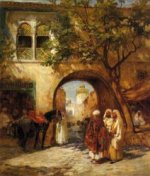
By the City Gate - Frederick Arthur Bridgeman oil painting
100% Handmade Oil Painting
Price from:US$125.00

-

By the City Gate - Frederick Arthur Bridgeman oil painting
100% Handmade Oil Painting
Price from:US$125.00

-

Horse Market at Cairo - Frederick Arthur Bridgeman oil painting
100% Handmade Oil Painting
Price from:US$125.00

-
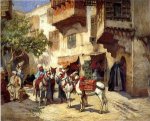
Marketplace in North Africa - Frederick Arthur Bridgeman oil painting
100% Handmade Oil Painting
Price from:US$125.00

-
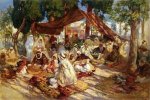
Market Scene - Frederick Arthur Bridgeman oil painting
100% Handmade Oil Painting
Price from:US$125.00

-
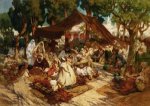
North African Market - Frederick Arthur Bridgeman oil painting
100% Handmade Oil Painting
Price from:US$125.00

-

Procession in Honor of Isis - Frederick Arthur Bridgeman oil painting
100% Handmade Oil Painting
Price from:US$125.00

-
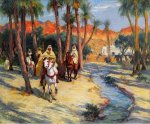
Riding through an Oasis - Frederick Arthur Bridgeman oil painting
100% Handmade Oil Painting
Price from:US$125.00

-
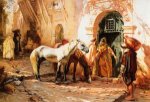
Scene in Morocco - Frederick Arthur Bridgeman oil painting
100% Handmade Oil Painting
Price from:US$125.00

-

The Diversion of an Assyrian King - Frederick Arthur Bridgeman oil painting
100% Handmade Oil Painting
Price from:US$125.00

-

The Funeral of the Mummy - Frederick Arthur Bridgeman oil painting
100% Handmade Oil Painting
Price from:US$125.00

-
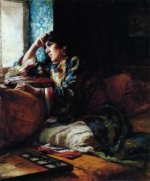
Aicha, a Woman of Morocco - Oil Painting Reproduction On Canvas
100% Handmade Oil Painting
Price from:US$198.00

-

An Interesting Game - Oil Painting Reproduction On Canvas
100% Handmade Oil Painting
Price from:US$198.00

-
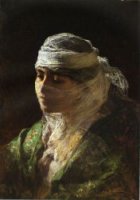
A Veiled Beauty of Constantinople - Oil Painting Reproduction On Canvas
100% Handmade Oil Painting
Price from:US$198.00

-
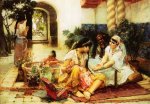
In a Village, El Biar, Algeria - Oil Painting Reproduction On Canvas
100% Handmade Oil Painting
Price from:US$198.00

-
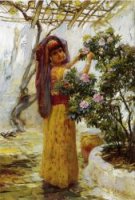
In the Courtyard - Oil Painting Reproduction On Canvas
100% Handmade Oil Painting
Price from:US$198.00

-

In the Garden at Mustapha - Oil Painting Reproduction On Canvas
100% Handmade Oil Painting
Price from:US$198.00

-
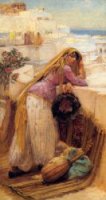
On the Terrace - Oil Painting Reproduction On Canvas
100% Handmade Oil Painting
Price from:US$198.00

-
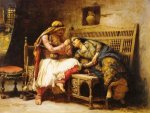
Queen of the Brigands - Oil Painting Reproduction On Canvas
100% Handmade Oil Painting
Price from:US$198.00

-

The Bathing Beauties - Oil Painting Reproduction On Canvas
100% Handmade Oil Painting
Price from:US$198.00

-

The Card Players - Oil Painting Reproduction On Canvas
100% Handmade Oil Painting
Price from:US$198.00

-
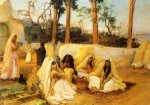
Women at the Cemetery - Oil Painting Reproduction On Canvas
100% Handmade Oil Painting
Price from:US$198.00

-
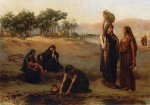
Women Drawing Water from The Nile - Oil Painting Reproduction On Canvas
100% Handmade Oil Painting
Price from:US$198.00


1

|
|||||
|
|||||
|
